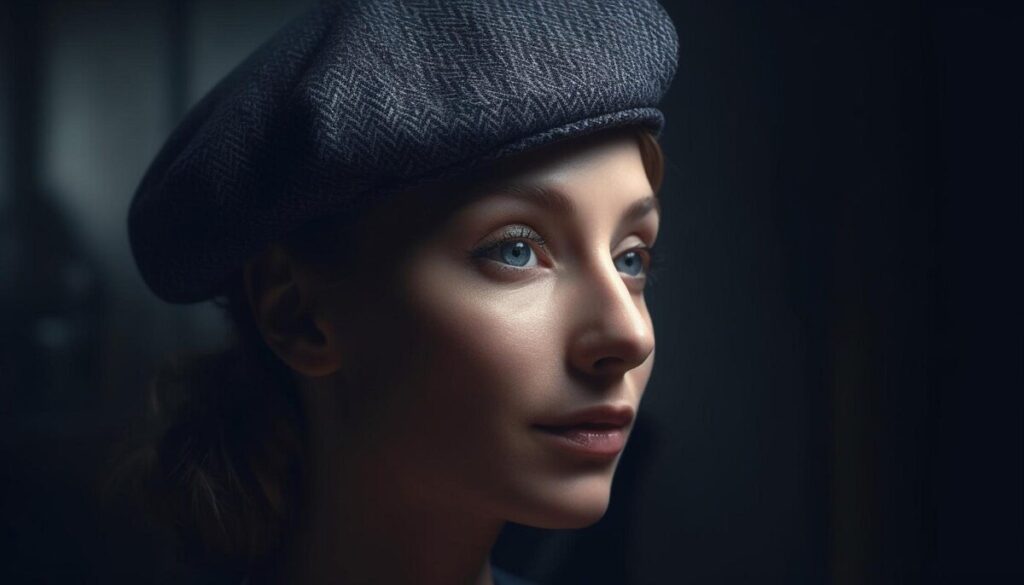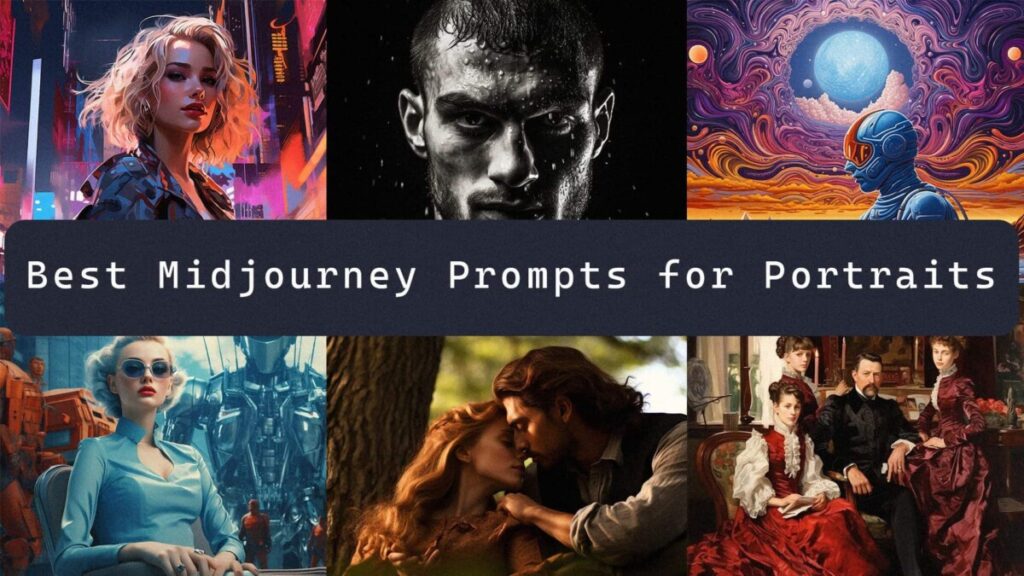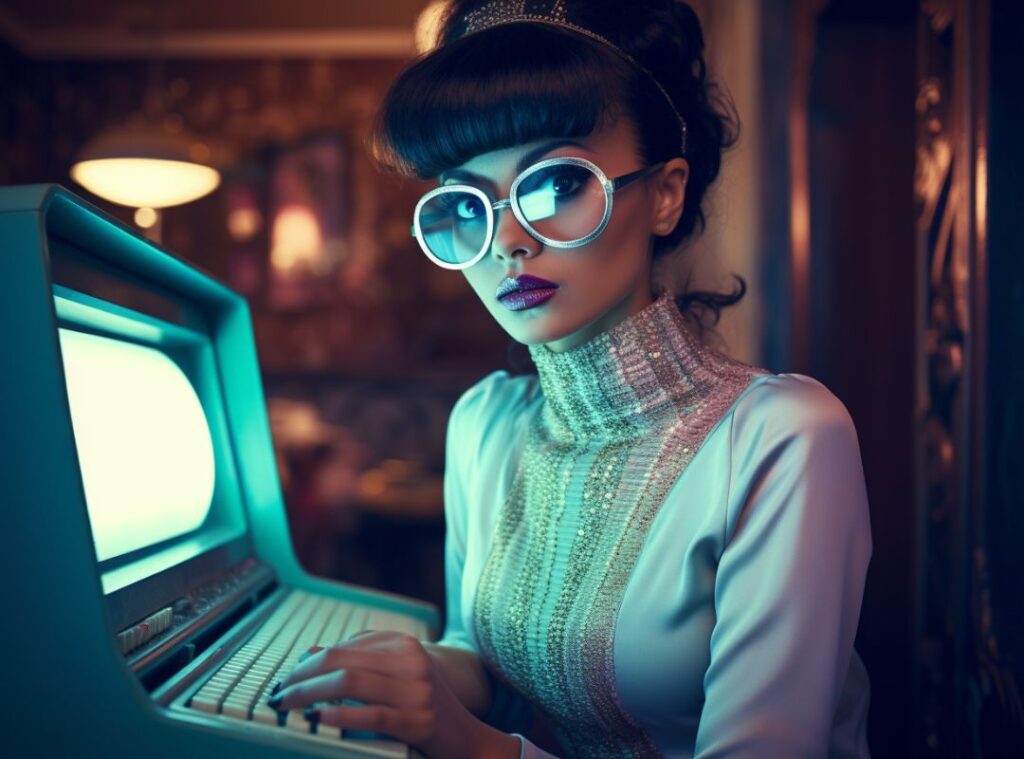
Midjourney has emerged as a powerful tool for creating stunning visuals that can impress and inspire. One of the most popular uses of MidJourney is to create portraits, where the right prompts can make all the difference in the quality and impact of the final image. Whether you’re an artist looking to experiment with new styles or a hobbyist wanting to explore the possibilities of AI-generated art, understanding how to craft effective MidJourney portrait prompts is key to achieving the best results.
What is MidJourney?
MidJourney is an AI-powered platform designed to generate high-quality images from text-based prompts. By feeding the AI specific instructions, users can create a wide range of visuals, from abstract designs to detailed portraits. The platform’s versatility makes it a favorite among digital artists, designers, and anyone interested in exploring the intersection of technology and creativity.
The Importance of Prompts in MidJourney
When it comes to creating portraits with MidJourney, the prompts you use are crucial. A well-crafted prompt can guide the AI to produce an image that closely matches your vision, while a vague or poorly structured prompt may result in something completely different. Understanding how to write effective MidJourney portrait prompts is essential for anyone looking to get the most out of the platform.

Crafting the Perfect MidJourney Portrait Prompts:
- Be Specific with Details
The more specific you are with your prompt, the better the AI will understand what you’re looking for. Include details about the subject’s appearance, such as hair color, eye color, clothing, and any distinctive features. For example, instead of simply writing “a woman,” you might say “a woman with long, curly red hair, green eyes, and a blue dress.” - Describe the Mood and Setting
Portraits aren’t just about the subject’s appearance; the mood and setting are equally important. Consider the atmosphere you want to create—should the portrait be light and airy, or dark and moody? Describing the background, lighting, and overall tone can help the AI produce an image that aligns with your artistic intent. - Use Adjectives to Enhance the Prompt
Adjectives are your best friend when writing MidJourney prompts. They add depth and nuance to your descriptions, helping the AI to create more detailed and expressive images. Words like “vibrant,” “mysterious,” “soft,” or “dramatic” can significantly influence the final result. - Incorporate Artistic Styles
If you have a particular artistic style in mind, include it in your prompt. Whether you’re looking for a portrait reminiscent of Renaissance paintings or something more modern and abstract, specifying the style can guide the AI in the right direction. - Experiment with Different Phrasings
Don’t be afraid to experiment with how you phrase your prompts. Sometimes, a slight change in wording can lead to a dramatically different outcome. Try rephrasing your prompt or adding additional details to see how the AI responds.
Examples of Effective MidJourney Portrait Prompts:

- “A young woman with long, flowing black hair and piercing blue eyes, wearing a delicate lace dress, standing in a misty forest at dawn.”
- “An elderly man with deep wrinkles and silver hair, dressed in a worn leather jacket, sitting on a rustic wooden bench in a sunlit park.”
- “A child with curly blonde hair and freckles, smiling brightly, surrounded by colorful flowers in a sunny garden.”
- “A mysterious figure with a hooded cloak, only their glowing green eyes visible, standing in the shadows of a dimly lit alley.”
- “A regal queen with intricate braids and a jeweled crown, dressed in a flowing velvet gown, standing on a grand marble staircase.”
Each of these prompts provides specific details that help the AI understand the desired outcome, from the subject’s appearance to the setting and mood.
Common Mistakes to Avoid
- Being Too Vague
One of the most common mistakes when writing MidJourney portrait prompts is being too vague. If your prompt lacks detail, the AI may struggle to produce an image that meets your expectations. Always aim to provide as much relevant information as possible. - Overloading the Prompt with Too Many Details
While specificity is important, overloading your prompt with too many details can confuse the AI. It’s a balancing act—include enough information to guide the AI, but don’t overwhelm it with excessive descriptions. - Ignoring the Importance of Style
If you want your portrait to have a particular artistic style, don’t forget to mention it. The AI can interpret styles like “impressionist,” “realistic,” or “surreal,” but only if you include them in your prompt. - Not Considering the Lighting and Background
The lighting and background play a crucial role in the overall feel of a portrait. Neglecting to include these details in your prompt can result in an image that lacks the desired mood or atmosphere.
Tips for Getting the Best Results with MidJourney:

- Start with a Simple Prompt and Build on It
If you’re new to MidJourney, start with a simple prompt and gradually add more details as you get comfortable with the platform. This approach allows you to see how the AI responds to different levels of complexity. - Use Reference Images for Inspiration
If you have a specific look or style in mind, consider using reference images for inspiration. While MidJourney relies on text prompts, having a visual reference can help you craft more accurate and effective descriptions. - Experiment and Iterate
Don’t be afraid to experiment with different prompts and iterate on your ideas. AI-generated art is as much about the creative process as it is about the final product, so take the time to explore various possibilities. - Learn from the Community
The MidJourney community is a valuable resource for learning and inspiration. Join online forums, participate in discussions, and share your work with others. You can gain insights from other users’ experiences and discover new techniques for writing effective prompts.
MidJourney offers an exciting opportunity to create stunning AI-generated portraits, but getting the best results requires understanding how to craft effective prompts. By being specific, considering the mood and setting, using adjectives, and experimenting with different phrasings, you can guide the AI to produce images that truly reflect your artistic vision. Whether you’re a seasoned artist or just starting out, mastering MidJourney portrait prompts will open up new creative possibilities and help you unlock the full potential of this powerful tool.
FAQs About The MidJourney Portrait Prompts
What is MidJourney, and how does it work?
MidJourney is an AI-powered platform that generates high-quality images from text prompts. Users provide specific descriptions, and the AI creates visuals based on those instructions.
How can I write effective MidJourney portrait prompts?
To write effective prompts, be specific with details, describe the mood and setting, use adjectives, incorporate artistic styles, and experiment with different phrasings.
What are common mistakes to avoid when writing MidJourney prompts?
Avoid being too vague, overloading the prompt with details, ignoring the importance of style, and neglecting lighting and background information.
How can I get better results with MidJourney?
Start with simple prompts, use reference images for inspiration, experiment and iterate, and learn from the MidJourney community.
Why is it important to include artistic styles in my prompts?
Including artistic styles in your prompts helps guide the AI to produce images that match your desired aesthetic, whether it’s realistic, impressionist, or surreal.
